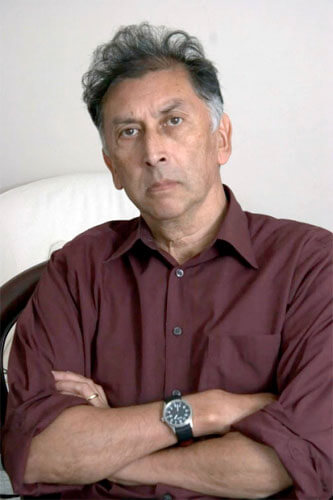At the age of two, Chris Steele-Perkins moved to England from Burma with his father. He went to school at Christ's Hospital. At the University of Newcastle-upon-Tyne, he studied psychology and worked for the student newspaper; he graduated with honors in 1970 and started to work as a freelance photographer, moving to London in 1971.
Apart from a trip to Bangladesh in 1973, he worked mainly in Britain in areas concerned with urban poverty and subcultures. In 1975 he worked with EXIT, a collective dealing with social problems in British cities. This involvement culminated in the book Survival Programmes in 1982. He joined the Paris-based Viva agency in 1976. In 1979 he published his first solo book, The Teds; he also edited the Arts Council of Great Britain's book, About 70 Photographs.
Steele-Perkins joined Magnum Photos in 1979 and soon began working extensively in the developing world, in particular in Africa, Central America and Lebanon, as well as continuing to take photographs in Britain: The Pleasure Principle explores Britain in the 1980s. In 1992 he published Afghanistan, the result of four trips over four years. After marrying his second wife, Miyako Yamada, he embarked on a long-term photographic exploration of Japan, publishing Fuji in 2000. A highly personal diary of 2001, Echoes, was published in 2003, and the second of his Japanese books, Tokyo Love Hello, in March 2007. He continues to work in Britain, documenting rural life in County Durham, which was published as Northern Exposures in 2007. In 2009 he published a collection of work from 40 years of photographing England - England, My England. A new book, on British centenarians, Fading Light will be published at the end of July.
Steele-Perkins has two sons, Cedric, born 16th November 1990, and Cameron, born 18th June 1992. With his marriage to Miyako Yamada he has a stepson, Daisuke and a grand-daughter, Momoe.
Source Magnum Photos
Selected Books on

